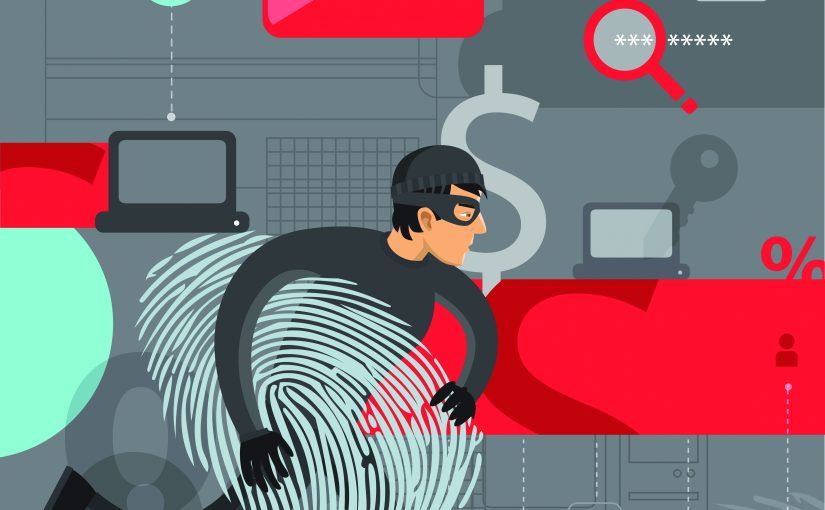What is Cyber crime? Meaning & Terminologies
What is cyber crime?
Cybercrime is a crime that involves a computer and a network. The computer may have been used in the commission of a crime, or it may be the target. Cybercrime may harm someone's security and financial health.
There are many privacy concerns surrounding Cybercrime when confidential information is intercepted or disclosed, lawfully or otherwise. Internationally, both governmental and non-state actors engage in cybercrimes, including espionage, financial theft, and other cross-border crimes. Cyber-crimes crossing international borders and involving the actions of at least one nation-state are sometimes referred to as cyber warfare. Warren Buffet describes Cybercrime as the "number one problem with mankind" and "poses real risks to humanity."
A report (sponsored by McAfee) published in 2014 estimated that the annual damage to the global economy was $445 billion. A 2016 report by Cybersecurity ventures predicted that global damages incurred as a result of cybercrime would cost up to $6 trillion annually by 2021 and $10.5 trillion annually by 2025.
Approximately $1.5 billion was lost in 2012 to online credit and debit card fraud in the US. In 2018, a study by the Center for Strategic and International Studies (CSIS), in partnership with McAfee, concludes that nearly one percent of global GDP, close to $600 billion, is lost to cybercrime each year. The World Economic Forum 2020 Global Risk report confirmed that organized Cybercrimes bodies are joining forces to perpetrate criminal activities online while estimating the likelihood of their detection and prosecution to be less than 1 percent in the US.
Terminologies in cyber world
Cyber crime is rapidly evolving, as is the terminology used to describe it. The following are commonly used terms that relate to cyber crime.
Back door: A way to access an electronic system by bypassing some or all security mechanisms.
Blog: An online journal. Contraction of the term “web log.”
Bot: A software robot that performs automated tasks.
Browser: A program used to access the Internet. Commonly used browsers include Internet Explorer, Google Chrome, and Mozilla Firefox.
Cookie: An information packet sent from a website to a web browser that records a user’s activity on that website.
Cyber bullying: The act of one individual harassing or intimidating another individual via the Internet.
Denial-of-Service (DoS) attack: A coordinated attack that aims to overwhelm the resources of a targeted system to crash that system.
Domain name: A unique Internet identifier registered to an entity (e.g. whitehouse.gov).
Email header: The opening section of an electronic message that provides information about the sender, recipients, subject, and the date and time a message was sent.
Firewall: Hardware and/or software designed to prevent unauthorized users from accessing a computer system.
Global Positioning System (GPS): A satellite navigation system that identifies the precise location of the transmitting device.
Hacktivism: A politically- or ideologically-motivated cyber attack or hack.
Internet Protocol (IP) address: A unique 32-bit binary number that identifies the computer or other host being used to access the Internet.
Internet Service Provider (ISP): A company that offers access to the Internet.
Login: A username and password used to identify an individual attempting to gain access to a restricted page or network.
Malware: Malicious software, such as a virus or a worm, that attacks a target computer.
Metadata: Amassed data that is used to describe large amounts of other Internet data.
Network: A group of computers that is linked to share data and other information.
Operating system: The overarching program that runs all the functions on a computer or other electronic device.
Password: A word, phrase, or collection of characters that must be entered correctly on a login page to access content in a restricted area. Administrators may require passwords be a certain length, include capital letters, numbers, or special characters, or be changed after a set length of time.
Phishing: Attempting to mimic an official email from a trusted organization to lure individuals into revealing login information or other personal information.
Search engine: A website that finds information across the Internet based on a set of search criteria.
Spam: Unsolicited advertising or other information sent out via email or other messaging service.
System administrator: An individual who manages and oversees a network.
Trojan: A program that masks something harmful, such as a worm or virus, that it carries into a device.
Webcam: A camera connected to a computer, generally used to then stream videos to the Internet.
Wireless hotspot: A location where individuals can connect to the Internet wirelessly. This may be in a larger area in a public space or a small space created by a cell phone.

Comments
Post a Comment